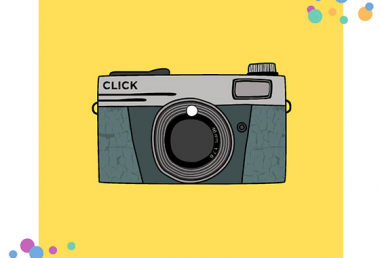 Pixomatic Team
Pixomatic Team
Want to get in the game? Shooting sporting events is way different than taking pics of nature, street views, or portraits. Sports photography has its own challenges, rules, hacks, and best practices.
Today we’ll define what makes sports photography stand out and share some beginner tips that will help you capture captivating shots of your favorite athletes, sports games, and competitions. Let’s get in the action!
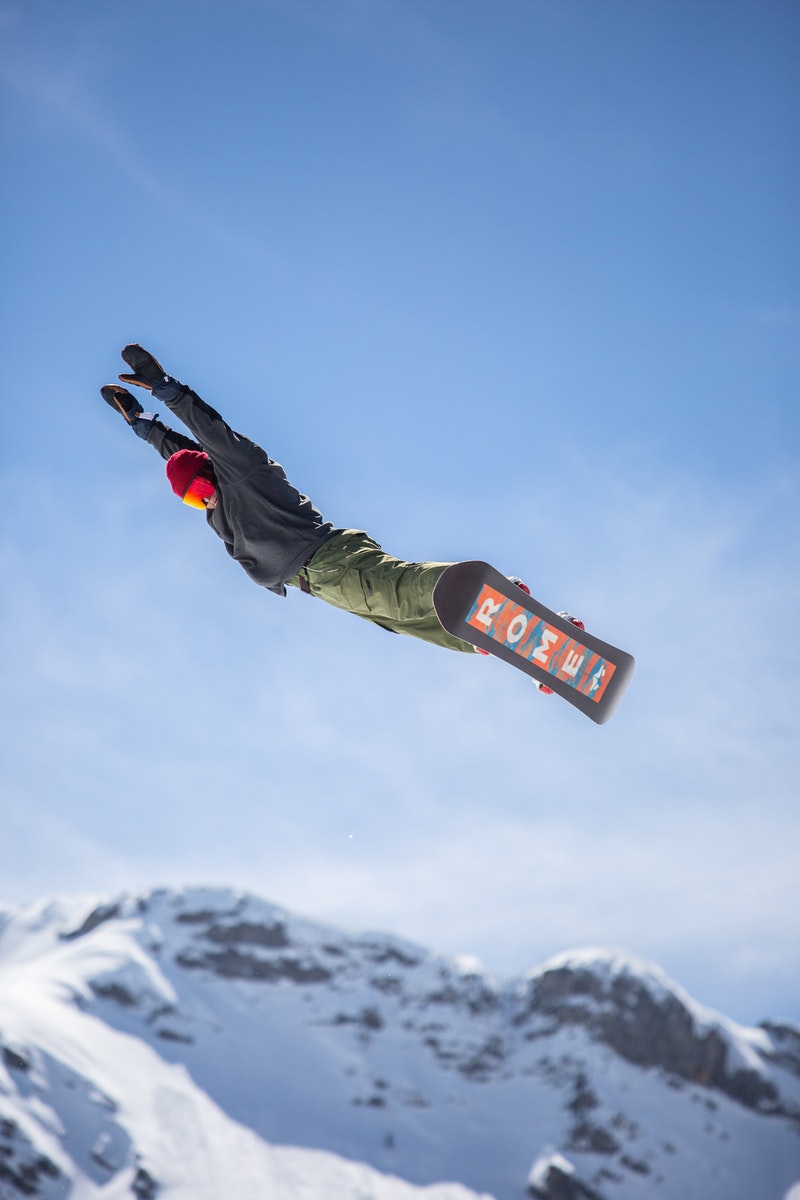
First things first – let's take a closer look at sports photography and its specific features.
What’s so Different about Sports Photography
Sports are all about constant action, speed, and change. And sports are also about deep emotions – both very happy and very sad.
A sports photographer should be quick enough to capture a game-changing moment right on the spot. And of course, the shots should be incredibly crisp, clear, and very emotionally charged. A pic of a football player scoring a goal or a happily exhausted runner crossing the finish line are great examples.
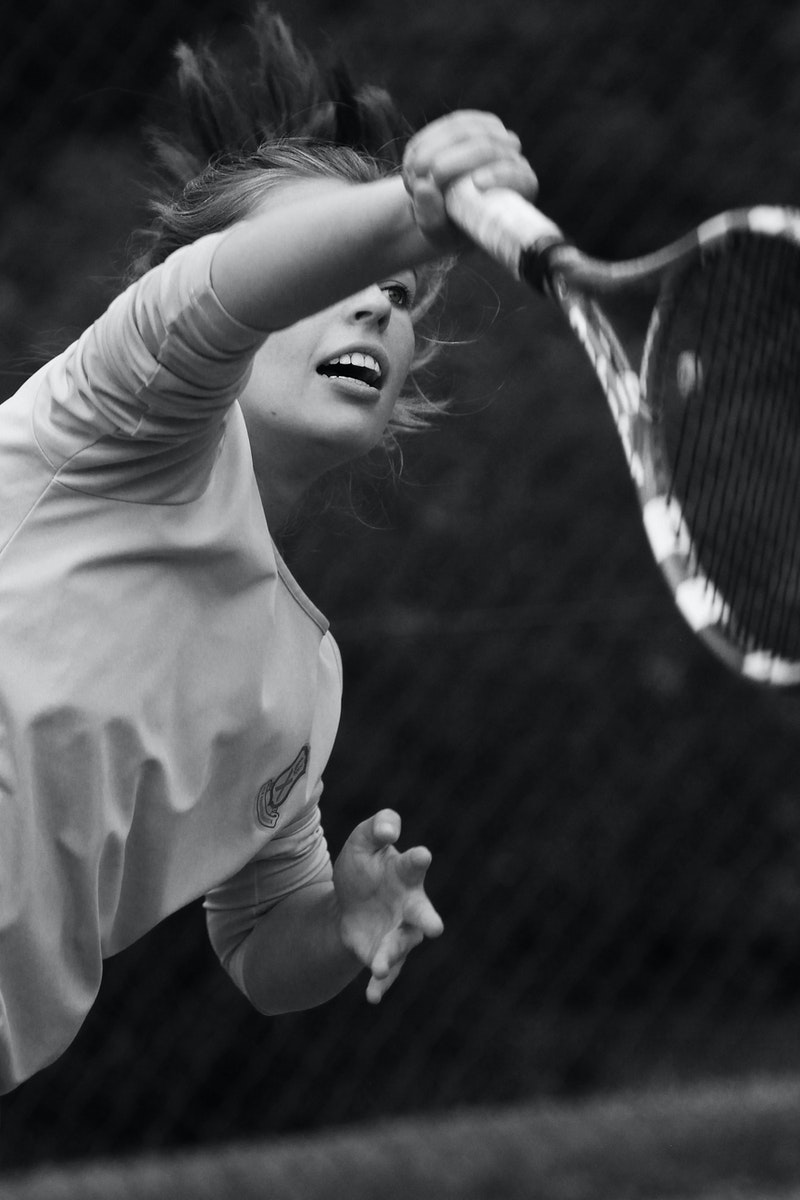
What You Need for Sports Photography
1. Know-how of the sports and rules
Yes, that’s right! To take a great photo and capture a truly remarkable moment, you need to understand the sport and its rules.
Want an example? If you plan to take some shots at an upcoming horse race, do some research to familiarize with the rules and the athletes.
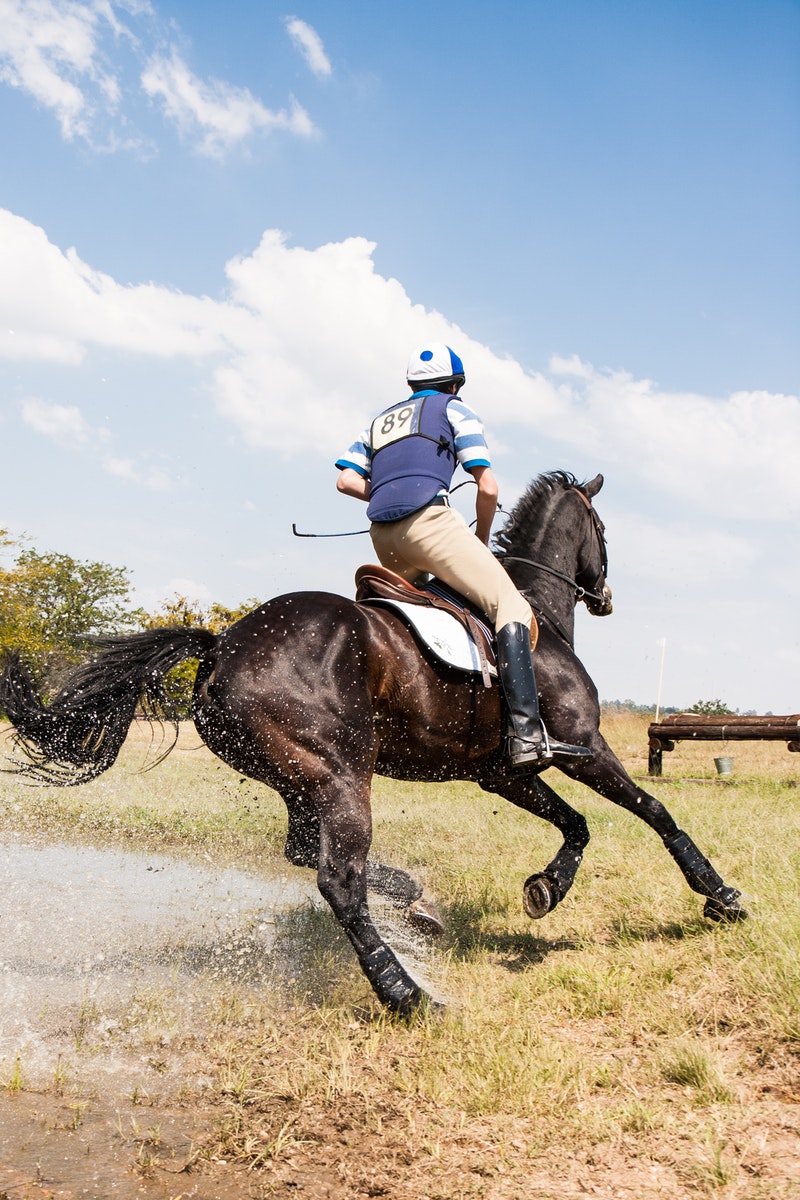
2. Equipment
Let us put an important note here. It's okay if you don’t have all the necessary professional-level equipment at first. Spend some time learning and practicing to make sure that sports photography is something you enjoy. Then, you can gear up.
In general, to take sports photos you may need:
– A camera that allows you to manually set aperture, shutter speed, and ISO – like a DSLR (digital single-lens reflex) camera;
– A telephoto lens for capturing distant objects;
– A monopod, which is a one-legged accessory to support your camera;
– A rain cover to protect your camera in case it rains during the open-air event.
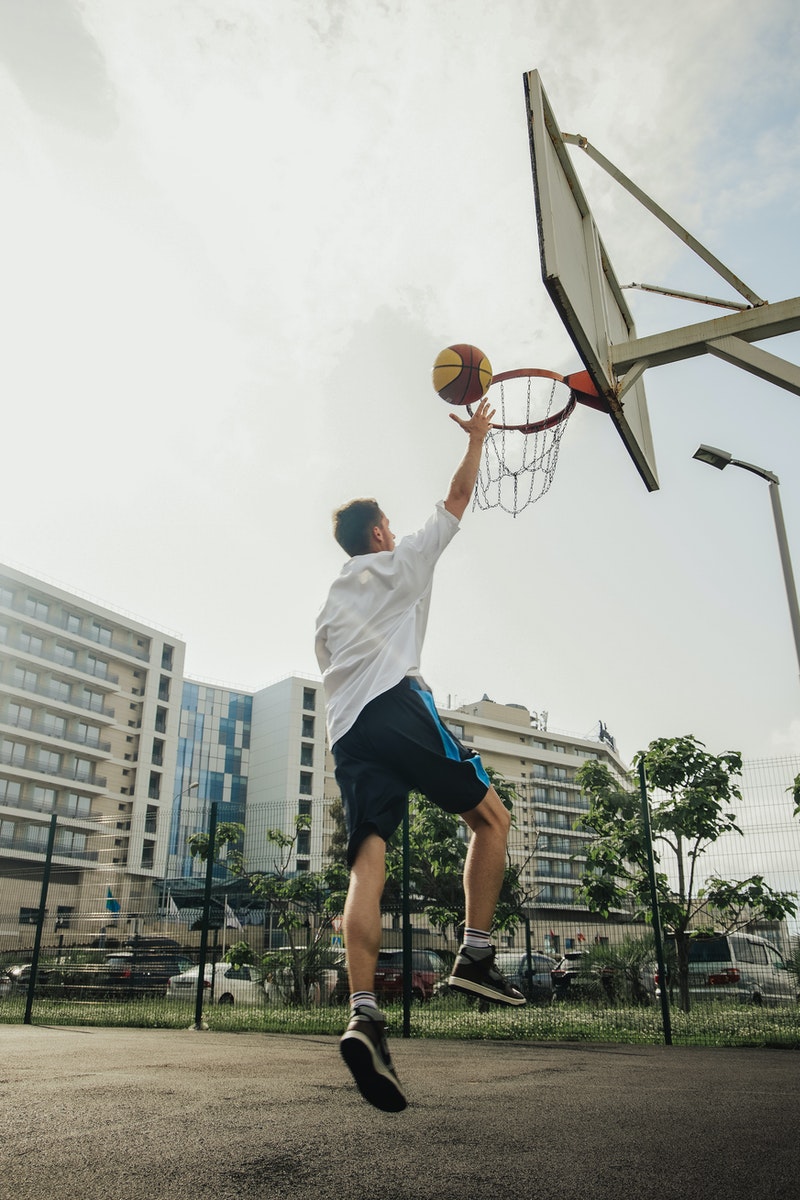
3. Understanding of the photography restrictions
Planning to attend a professional sports event? Make sure you’ve read the rules first. Some sports events restrict photography. That can refer to the cameras, flashes, lenses, and so on.
Now let’s go straight to the hacks that will help you take mind-blowing action shots.
Sports Photography Hacks
The first three tricks are related to the exposure triangle, which is extremely important for proper sports photos.
In simple terms, the exposure triangle unites three settings – aperture, shutter speed, and ISO.
Aperture is the opening in the lens. It controls how much light gets into the camera and the depth of field. A wide aperture means that more light is getting in – for a lighter image with your main subject in focus and the blurry background. A narrow aperture allows for a darker photo with an increased depth of field – the entire photo will be in focus.
Shutter speed refers to the length of time that the camera’s sensor is exposed to light when taking a picture.
ISO can be defined as a camera’s sensitivity to light. The higher the ISO, the lighter and less vibrant the image. It also becomes more grainy. With a lower ISO, a photo is darker, but sharper with more contrast.
Сheck out this article to learn more about how to play around with aperture, shutter speed, and ISO.
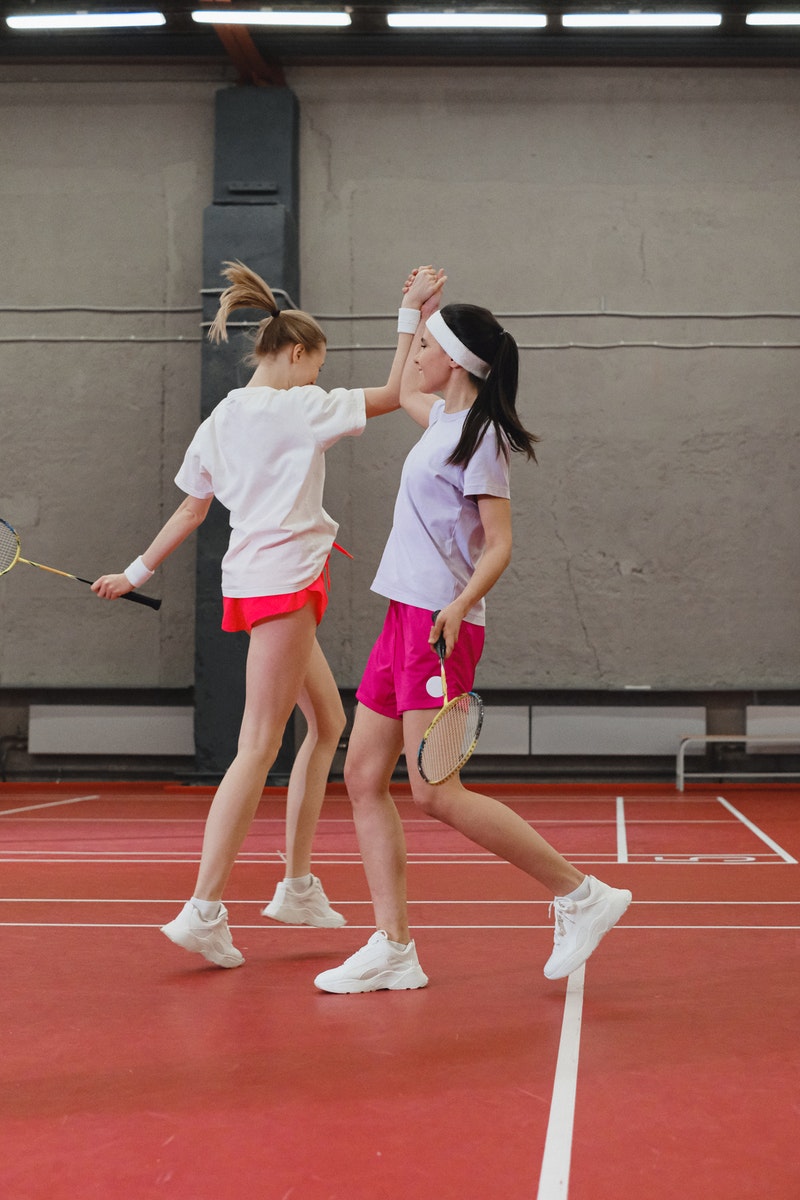
You can set the proper exposure in various ways, following one of the next three hacks.
1. Set “Aperture Priority” mode
With it, you can select a specific aperture value. The camera will autotune the shutter speed to get the right exposure.
2. Set “Shutter Priority” mode
To make things easier, you may switch on “Shutter Priority” mode. This mode allows you to pick a specific shutter speed, while the camera will automatically adjust the aperture and ISO settings. To catch fast-moving objects and subjects you need to set it to 1/500. More dynamic sports, like football, may require a higher speed of up to 1/2000.
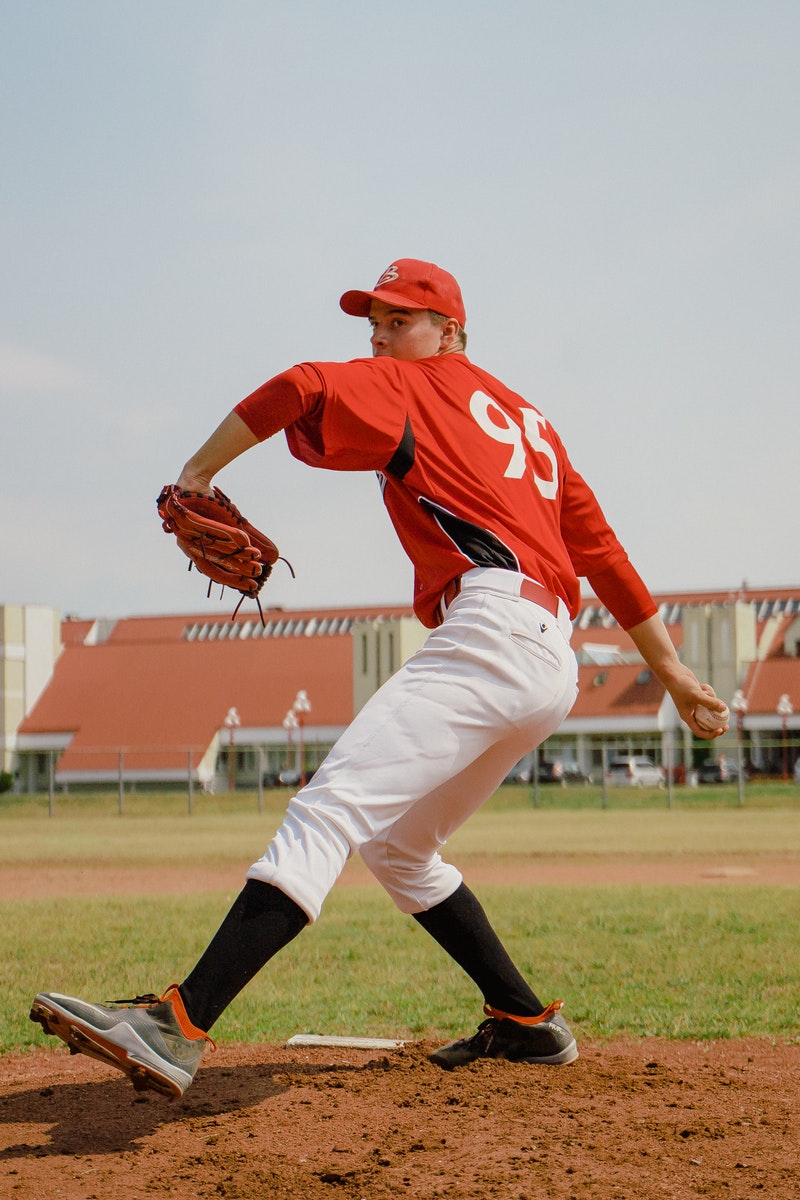
3. Watch your ISO
You need to try various ISO and shutter speed settings to find the one that makes the shot light and crisp – not too grainy or dusty.
To define the right parameters you should consider the location (outdoor/indoor), the time of the day, and weather conditions. Say you’re planning to shoot an outdoor event in low-light. You will likely use a higher ISO and faster shutter speed, otherwise, your photos might get blurred. In case you’re taking sports photos on a sunny day, you may find a lower ISO working better.
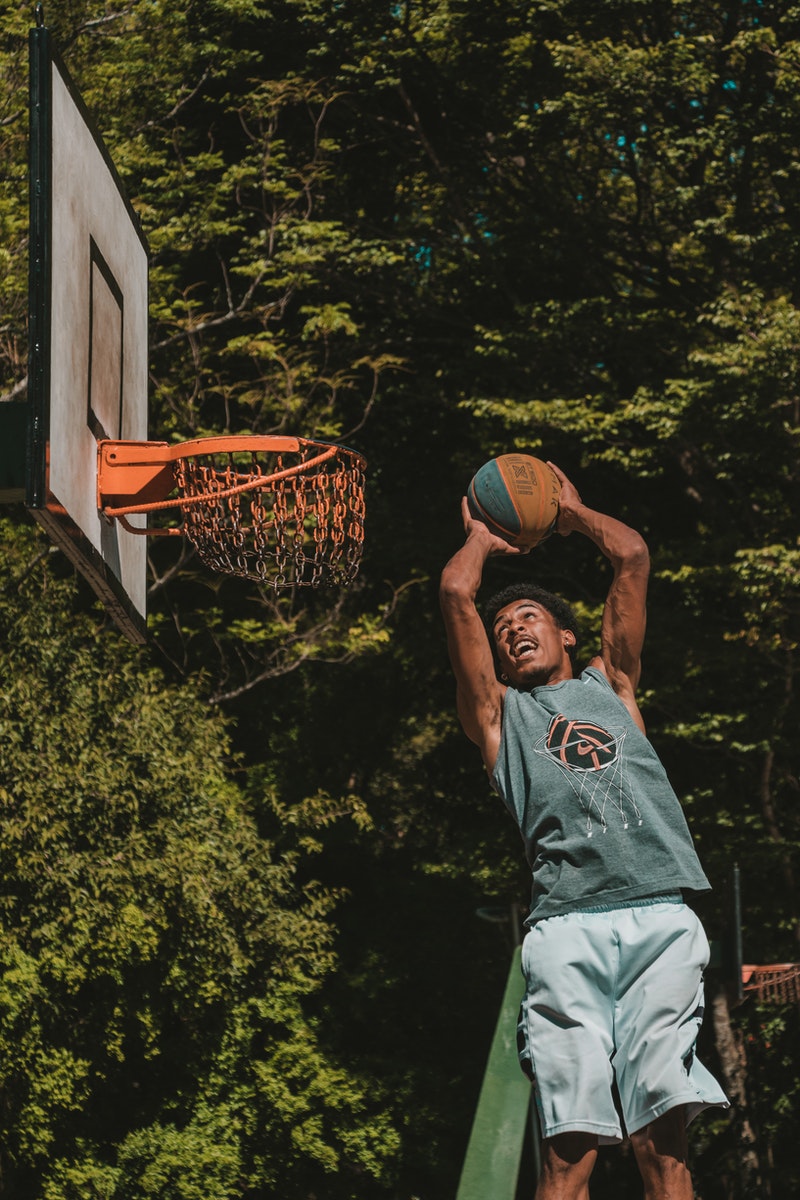
Another way is to choose the “Auto ISO” feature that allows the camera to automatically pick an ISO for each image. It works for “Shutter Priority,” and “Aperture Priority” modes.
These hacks will also help take your sports photos to the next level.
4. Use a monopod
This hack is obvious yet vital. With a monopod, your camera will remain steady helping you eliminate possible camera movements and get sharp photos.
5. Avoid using camera built-in flash
There are two big reasons for that. First, a built-in flash wouldn't be super effective while capturing sports events from a distance. Secondly, it may distract the athletes. Surely, you don’t want that, right?
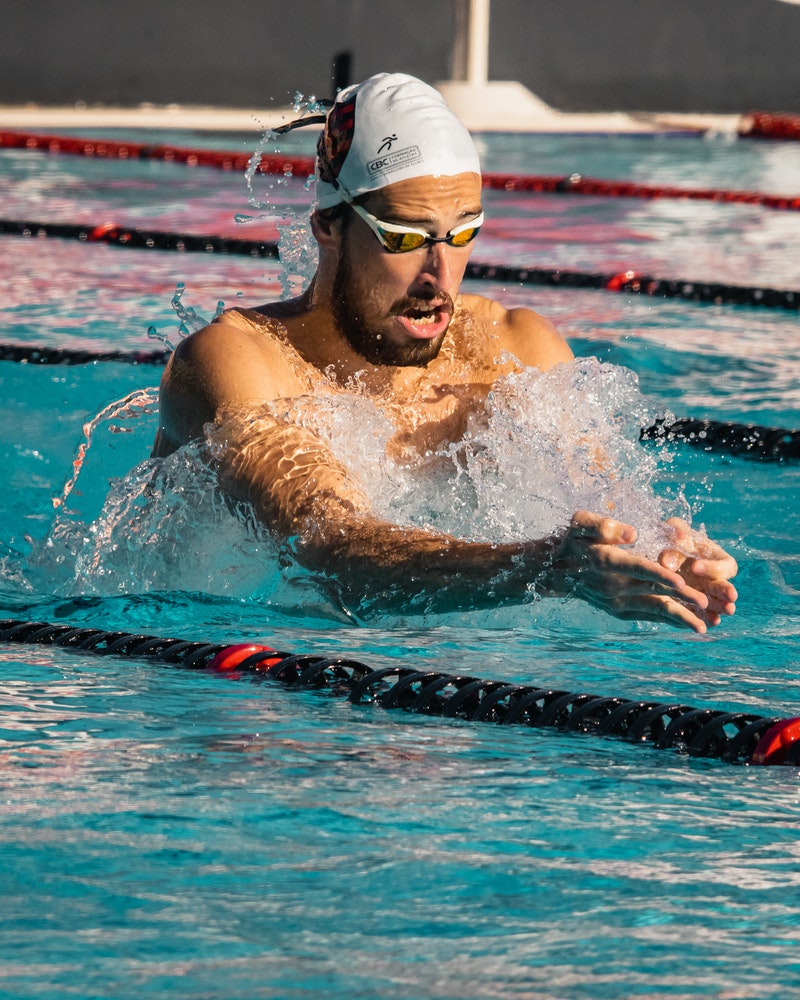
6. Switch on a fast auto-focus
As we have already mentioned, sport is movement. Fast auto-focus will allow you to catch every moment by continuously focusing on subjects and objects.
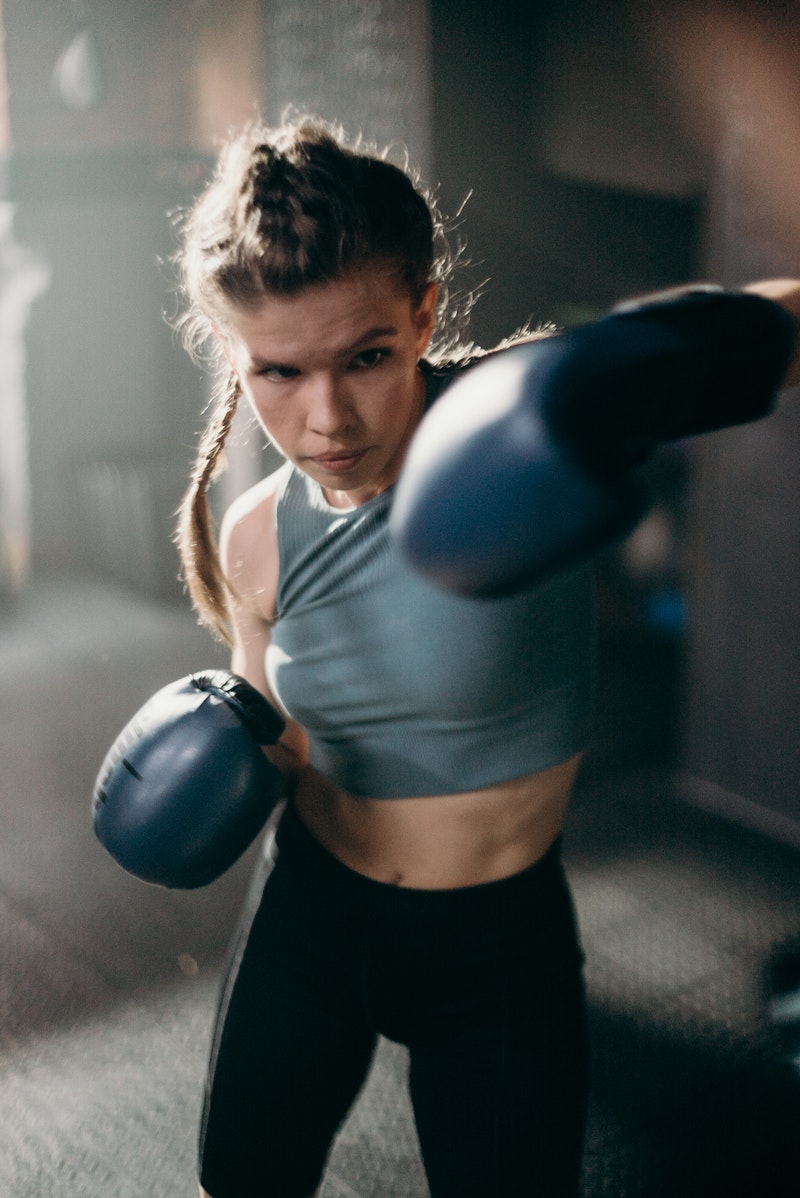
7. Use burst mode
Burst is also called continuous shooting mode or frames per second. It lets you take multiple images per second without stopping. The number of shots depends on your camera – it can be 3, 5, 10, or even up to 60 images per second.
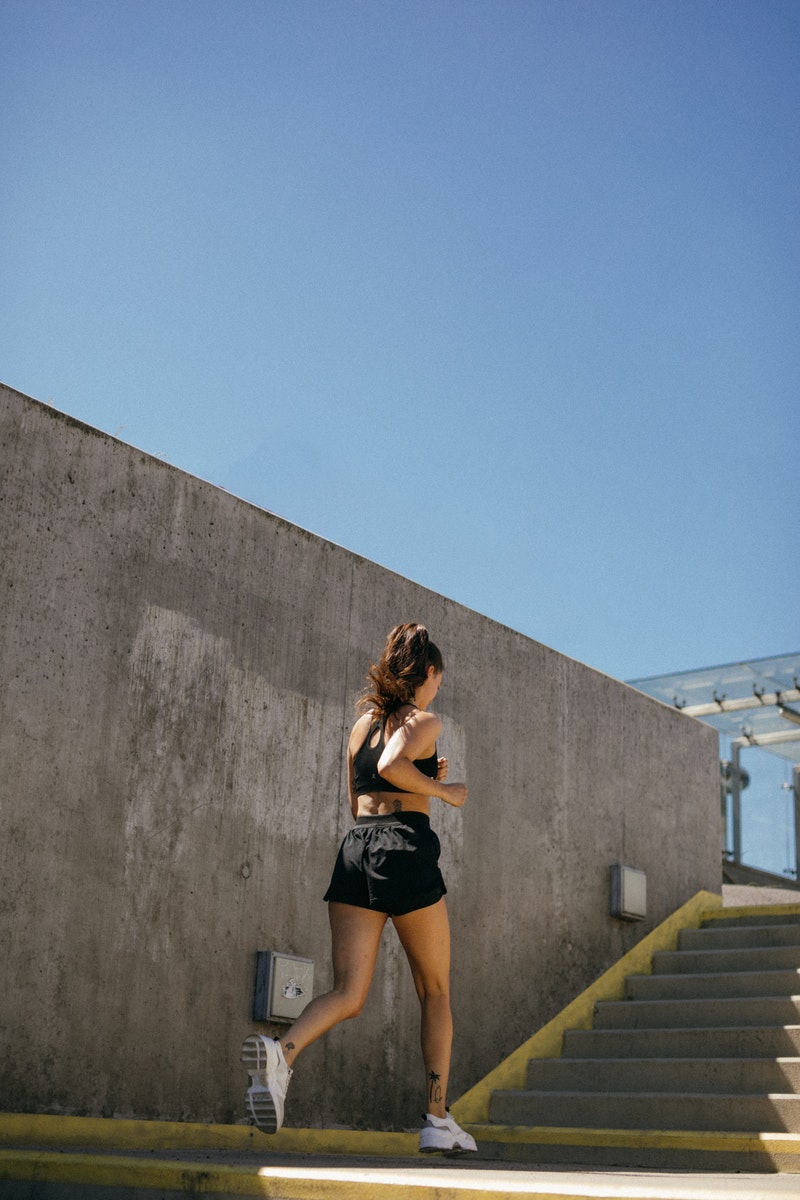
8. Take lots of pics
This hack is similar to the burst mode hack – but not the same. Apart from taking many images per second, it’s a rule of thumb to capture as many moments as possible. Try various angles, and take pictures of various athletes.
It will take you just a few minutes to delete the “bad ones” from your memory card later, but who knows, maybe you’ll find a real gem there?
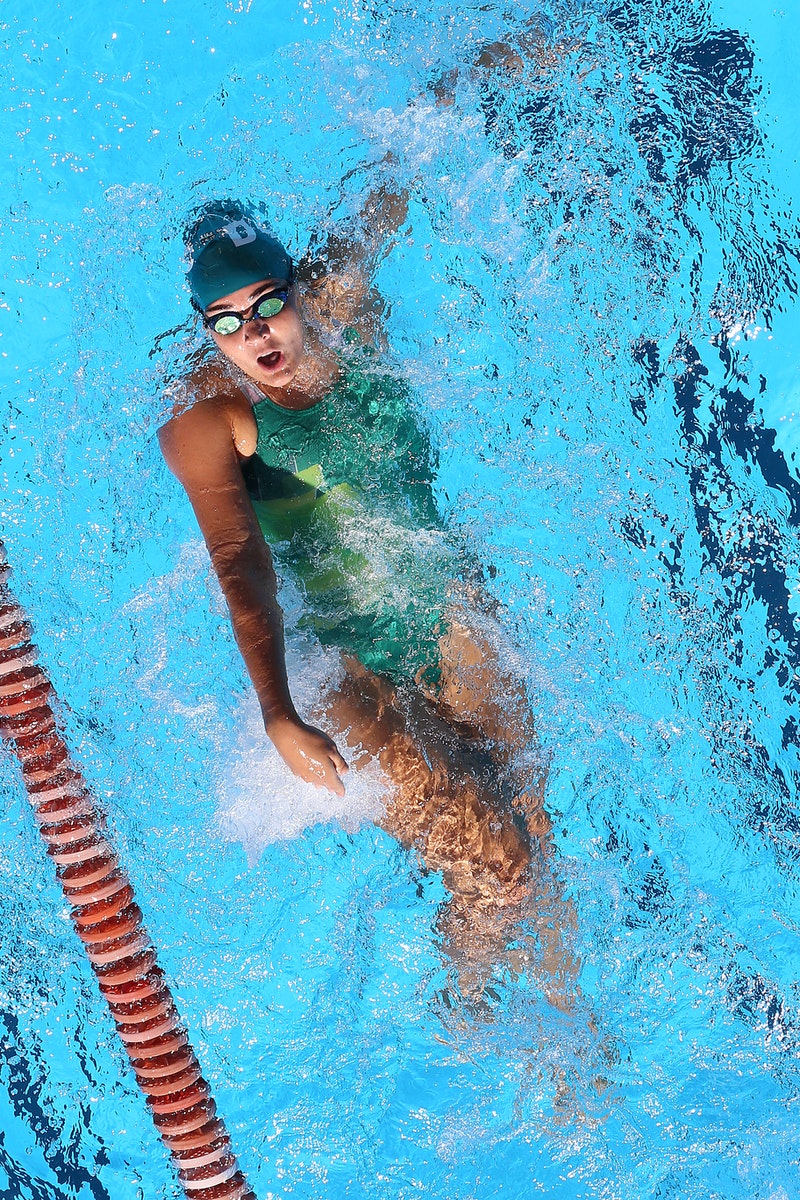
9. Try a wide-angle lens
Wide-angle lenses aren’t a must-have, but they can allow you to capture the event from an unusual angle.
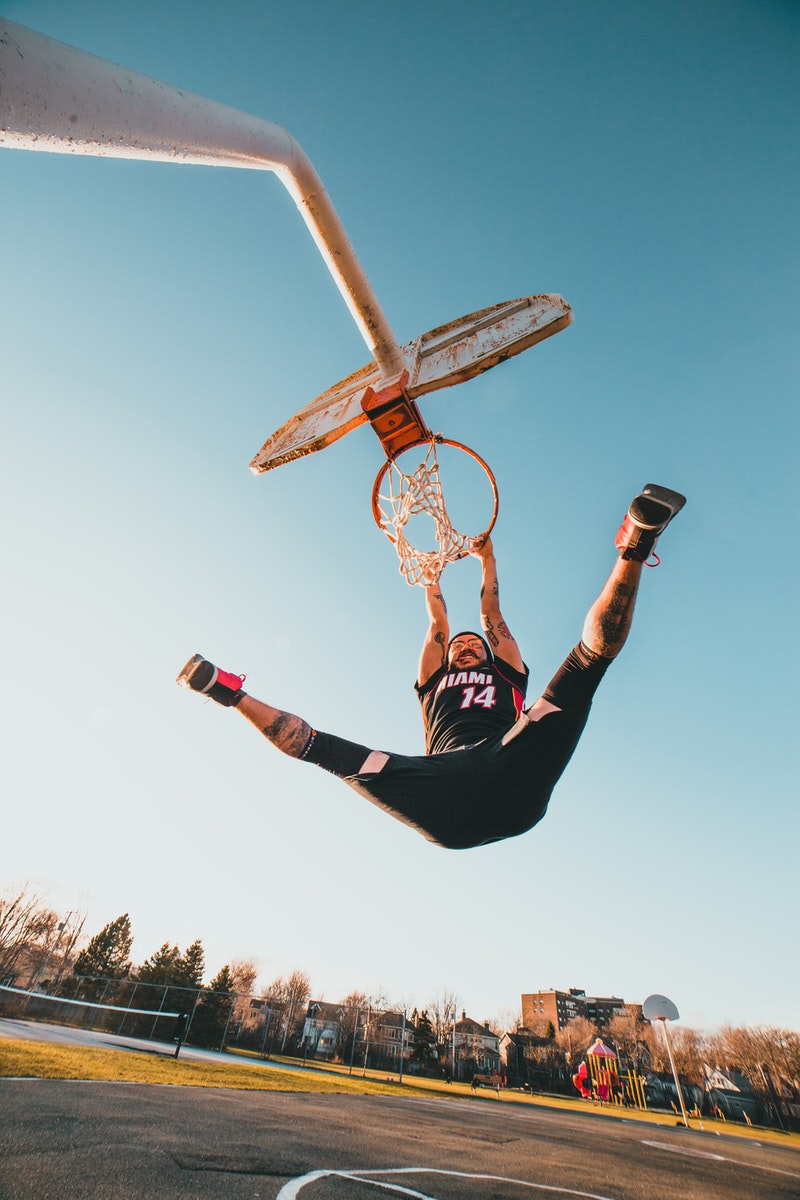
Now that you know the most essential action photo tips, it’s high time to practice! Try while attending a sports event you like, or just practice taking pics of joggers in the park – it works either way.

